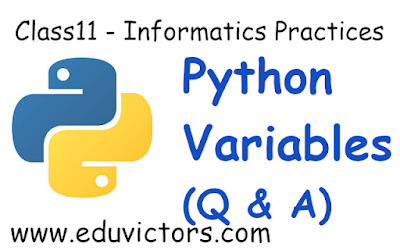History - The Rise of Nationalism In Europe Question Bank (2019-20)
CBSE Class 10 - Social Science
Chapter-1: The Rise of Nationalism In Europe
Very Short Answer Type (1 marks) Questions
1. Who was Frederic Sorrieu?
2. Which of the following is true with reference to Romanticism?
3. What was the basic philosophy of the conservatives?
4. Who was count Cavour?
5. Which of the following state lead the unification of Germany?
6. Who hosted the congress of Vienna in 1815
7. What was the main objective of the treaty of Vienna of 1815?
8. Which treaty recognized Greece as an independent nation?
9. At which place was the Frankfurt assembly convened ?
10. “The aim of the Zollverein is to bind the Germans economically in to a nation”. Who wrote these words?









